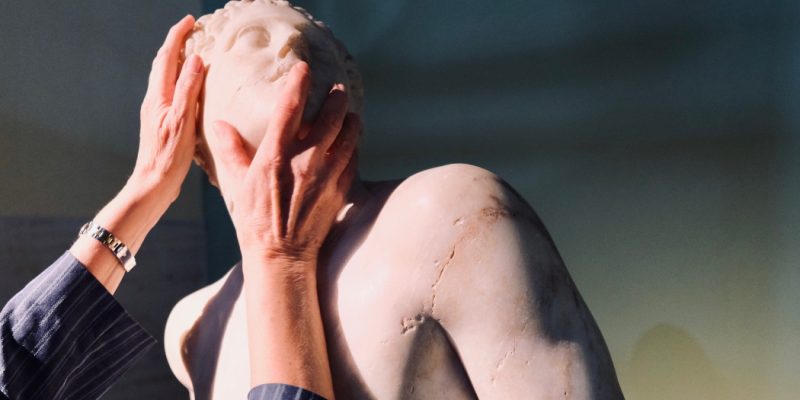For persons with wheelchairs, access is on 106 Via Ostiense. To request the bar to be opened, it is necessary to use the intercom located to the left of the bar. The museum’s exhibition halls are all accessible.
After visiting on the ground floor the Hall of Columns and the Hall of the Train of Pius IX , it is possible to go up to the Engine Room, using elevator No. 1 (maximum capacity kg 900).
To reach the Boiler Room, it is necessary to use elevator No. 2 (maximum capacity 840 kg), returning to the ground floor.
The museum provides a wheelchair for people with mobility difficulties and/or the elderly.
The museum periodically offers tactile tours for visitors who are blind or visually impaired. Tours are conducted by trained staff. During the visits conducted by the specialized staff, the museum provides a book for tactile exploration that reproduces the mosaic with the Rape of Proserpine. The book was produced by the Omero State Tactile Museum in Ancona, in collaboration with Zètema Progetto Cultura.
In the Sala Colonne of the Centrale Montemartini there is a tactile support made of acrylic material that reproduces a portion of the Real Casa mosaic, with Braille captions in Italian and English.
A LIS video describing the history of the place, from its first function as a power plant to its transformation into a museum, is placed at the entrance-ticket office of the Centrale Montemartini.



